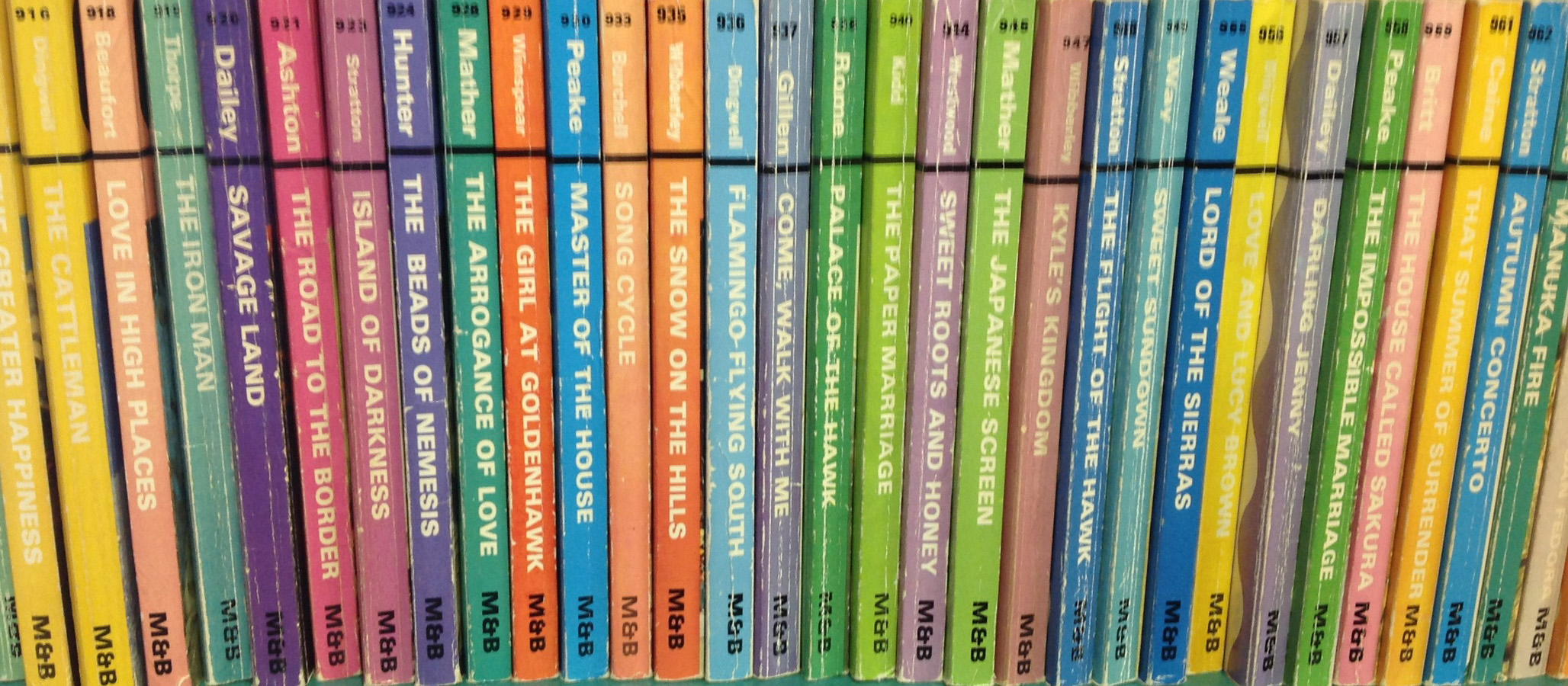That’s a Romance?: Writing and Reading in the Shadows of 50 Shades of Grey
Abstract
For decades, romance authors have created stories designed to fit into specific genre expectations. These story guidelines come from a belief that romance readers, the majority of whom are women, seek reassurance of traditional values and an illustration of security and acceptance within a committed relationship. In short, they want a love story with a happy ending. EL James’ incredibly popular novel, 50 Shades of Grey, depicts a non-traditional relationship that does not emphasize the values of security and acceptance.
While determining the reason for the popularity of the novel is valuable to the romance genre writer, there exists a different, more practical concern. Given the fact that the relationship and story-line in 50 Shades of Grey challenges the long-standing perceptions of both the romance publishing industry and the mainstream cultures’ perception of what women readers desire, the question is what to write now. Does the author take advantage of the new possibilities 50 Shades of Grey represents? Or, remain within the carefully defined, long-standing guidelines? Considerations such as producing work that is relevant, growth as a writer, maintaining readership, and industry reluctance are some key factors to discuss.
That’s a Romance?: Writing and Reading in the Shadows of 50 Shades of Grey
For decades, romance authors have created stories designed to fit into specific genre expectations. These story guidelines come from a belief that romance readers, the majority of whom are women, seek reassurance of traditional values and an illustration of security and acceptance within a committed relationship. In short, they want a love story with a happy ending. EL James’ incredibly popular novel, 50 Shades of Grey, depicts a non-traditional relationship that does not emphasize the values of security and acceptance.
While determining the reason for the popularity of the novel is valuable to the romance genre writer, there exists a different, more practical concern. Given the fact that the relationship and story-line in 50 Shades of Grey challenges the long-standing perceptions of both the romance publishing industry and the mainstream cultures’ perception of what women readers desire, the question is what to write now. Does the author take advantage of the new possibilities 50 Shades of Grey represents? Or, remain within the carefully defined, long-standing guidelines? Considerations such as producing work that is relevant, growth as a writer, maintaining readership, and industry reluctance are some key factors to discuss.


